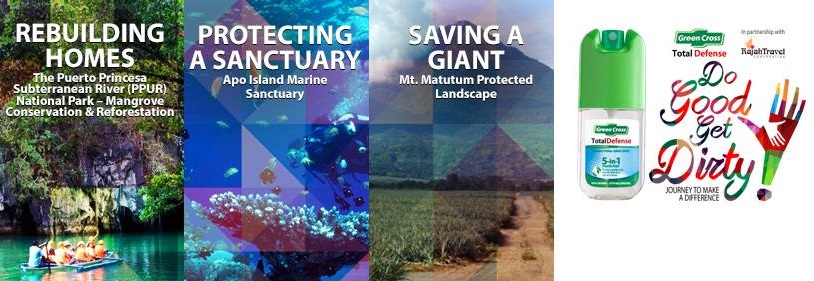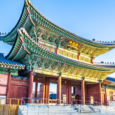Voluntourism is the New Way to Travel: 3 Places in the Philippines You Can Do Good and Get Dirty
Travel is becoming more popular as new routes are being established and plane tickets are getting cheaper. Moreover, social media has helped push exciting places in the Philippines, especially during the #ItsMoreFuninthePhilippines campaign. With one digital push, Filipinos and the rest of the world, was reminded of how beautiful the country is, along with how rich we are in terms of plants, flowers, animals, fishes, and corals.
However, even if the Philippines could be considered paradise, things like pollution, illegal logging, and poor waste management are ruining the image and health of the country. To fight this, a new concept in travel is becoming more popular, and it aims to give you all the benefits of travel, and at the same time, allow you to volunteer and help the local communities. It’s called voluntourism. Whether it’s replanting lost crops, restoring wildlife habitats, or cleaning up areas, there’s a bigger fulfillment than just going to the beach and contributing to the trash.
Here are 3 amazing places in the Philippines where you can “voluntour”:
3. Dumaguete
If you love nature, Dumaguete is the place to go. Dumaguete is home to the Apo Island Marine Sanctuary, which has an incredible coastline. It is one of the world’s most famous community-organized sanctuaries, making it a popular dive and snorkeling site. Every month, the little island receives 2,000 visitors. There are 650 species of fish, and 400 of the 450 species of corals can be found here. In fact, Apo Island was named by a diving magazine as one of the top 100 diving sites around the world.
Sadly, the coastline is littered with plastic, which is fatal to wildlife. They are eaten by pawikan, or sea turtles (four of the seven species are either endangered or critically endangered), which poisons them. The amount of garbage is so much that half a ton of trash can be found every community clean-up. It is important to keep coastlines clean to maintain the ecosystem and make sure we don’t lose any more species to extinction.
2. Palawan
Palawan is in the spotlight right now, especially because it was voted as the best island in the world. It has beaches, the Wildlife Conservation, and of course, the Puerto Princesa Underground River, which was recently inducted as one of the New7Wonders of Nature.
You can do good and get dirty by joining in mangrove reforestation efforts to help maintain the area’s biodiversity. Mangroves are important because they provide food and shelter for marine life. They are also helpful to people because they protect communities from storm surges and tsunamis. To help, you can plant bakawan, an important plant in the mangrove. Now that tourists are coming in larger volumes, we have to work harder to maintain the beauty of this place.
1. Sarangani
Sarangani is the place to go if you’re into extreme sports. There’s white water rafting, a thrilling experience where you ride an inflatable raft as it goes down a rough river, and a zipline at Mount Sebu. What makes the zipline special is that it is the highest zipline in Southeast Asia! Going on a zipline at 600 feet above the ground is a totally different experience and make you feel you are really flying. And the view is spectacular! And if you want to see majestic waterfalls, there’s the Hikong Alo.
For food, there’s the General Santos Fishport, the second largest in the country. The tuna at Gensan is legendary, and there are events and festivals that revolve around this tasty fish.
The province also has a very rich culture, especially the T’boli tribe, who live next to Lake Sebu. Their weaving skills are legendary, and they are known as dreamweavers. The ‘dreamweavers’ name came from the t’nalak, a beautiful handwoven traditional cloth seen in their dreams. According to lore, they can’t create a design if they haven’t dreamt of it.
To experience voluntourism, you can hike up to Mount Matutum, an active volcano. You can replant the forest and restore the habitat of endangered species. Sadly, only 3,000 hectares are left of the original 15,000 hectares of forest. Replanting supports the ecosystem of the mountain and the Blaan tribe, who look after it and use it as their source of livelihood. Making sure that we support local communities means we can preserve local culture.
Do you have your own voluntourism experience? Share them with us and use the hashtag #DoGoodGetDirty!
Voluntourism is the New Way to Travel: 3 Places in the Philippines You Can Do Good and Get Dirty





